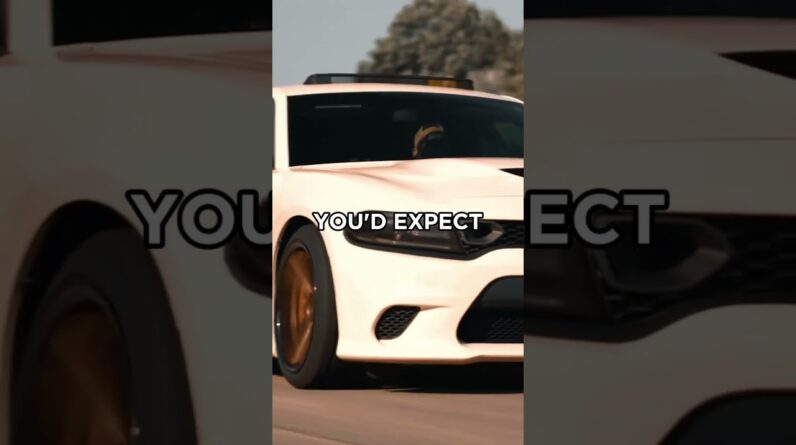It is a strongly held belief in the Porsche Heritage and Museum department, that no two visits to the Porsche Museum in Stuttgart-Zuffenhausen should be the same. This means that the exhibition is continually being updated and made more interactive. In recent months, the team has been working hard on the prologue, which provides an introduction to the exhibition. The moment visitors reach the top of the famous long escalator, with its special view into the company’s archive library, they embark upon a thrilling journey through time. “After more than a year of research, planning and implementation we’re delighted to be able to present our new, overhauled prologue. We have installed many new interactive touch points, and more than 20 stations, three functional models and numerous never-before-seen exhibits now await our visitors,” says Achim Stejskal, Head of Porsche Heritage and Museum. “Our new prologue features more of the faces behind our history than ever before, making it much more human. We don’t just see Ferdinand and Ferry Porsche, but also their team,” reveals Stejskal.
As guests enter the exhibition from the top step of the escalator, they are greeted with the oldest surviving vehicle that Ferdinand Porsche worked on: the Egger-Lohner C.2 from 1898 welcomes visitors from its podium, symbolising the central theme of ‘Future Heritage’, since electricity has been part of Porsche’s history from the very beginning. Ferdinand Porsche’s fascination with electricity led to him exploring e-mobility. It is now 123 years since the vehicle, which had front-axle steering and an octagonal electric motor mounted in the rear of a Lohner carriage, drove through the streets of Vienna for the first time. This ties together Porsche’s story right from the start, linking the past both to the present and to state-of-the-art technology.
The first part of the exhibition gives an overview of the stations that follow. Thanks to the newly designed prologue, the visitor experience is more varied, right from the outset. Digital and analogue displays combine with education, entertainment and greater interactivity: from Ferdinand to Ferry Porsche – from 1875 to 1949. On one side of the new prologue, visitors can see an area dedicated to the company’s founder, Ferdinand Porsche, with exhibits such as the Lohner-Porsche Semper Vivus and the Austro-Daimler Motorspritze fire engine. On the other side, the prologue is dedicated to Ferry Porsche and Gmünd in Carinthia, Austria. Visitors of all ages can marvel at exhibits such as the Type 360 Cisitalia and the 356 ‘No. 1’ Roadster – the first sports car to bear the Porsche name, and which dates back to 1948 – as well as a 356/2 Gmünd Coupé.
The first display cabinet focuses on the life and career of Ferdinand Porsche. After turning his hand to the electric vehicle’s motor, he went on to design wheel hub motors and, subsequently, the world’s first functional full-hybrid vehicle. “One of the milestones in the company’s history is hybridisation and the fact that Ferdinand Porsche began with electric motors rather than combustion engines. The wheel hub motor is an exciting exhibit. It was innovative because it made the motor steerable,” explains curator Iris Haker. The Lohner-Porsche caused quite a stir at the World Exhibition, held in Paris in 1900. Ferdinand Porsche broke new technical ground that very same year with the Semper Vivus, the world’s first full-hybrid vehicle. This model used two generators, coupled to petrol engines, to create a charging unit that supplied power to the batteries, and therefore the wheel hub motors.
“The prologue also presents the most noteworthy elements of history that pre-date the Porsche brand and answers questions such as: Why are the company’s headquarters in Stuttgart? Where does the relationship between production vehicles and motorsport come from? What links the Porsche and Piëch families? Which honorary doctor does Porsche still include in its company name today?,” says Frank Jung, Head of Porsche Company Archive. One of his favourite exhibits is the digital family album. It includes personal photos of a young Ferry Porsche, depicting, for example, his first foray into driving in a small self-built car in 1912. Those who are interested can navigate through the album via a touchscreen. “Another key part of the company history is the foundation of the engineering office in 1931, which we have depicted on an engineering table,” says Jung, talking about the founding of the company and the current Porsche brand. In a short a film about the new prologue, he explains the various stations and developments, some of which run in parallel. “We don’t just see Ferdinand and Ferry Porsche, we see the whole team,” he continues.
#porsche
Get More Great Car Videos – Subscribe: https://goo.gl/BSIaFc







